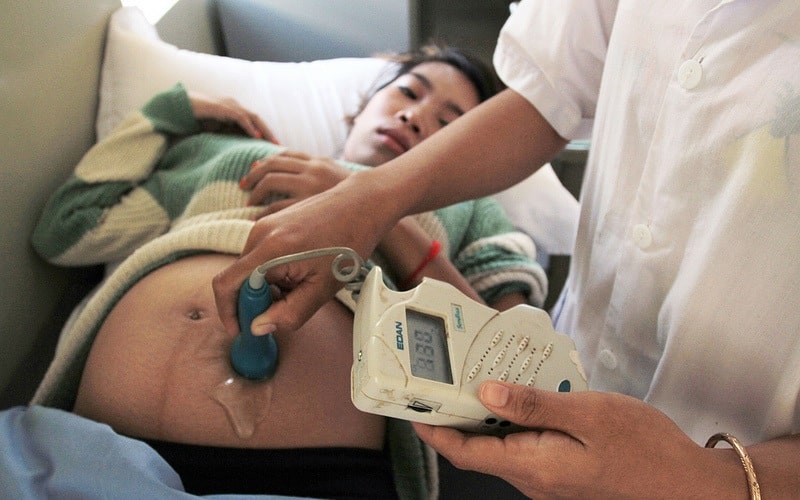
(WOMENSENEWS)—You may have never heard of the word PRENDA. But the U.S. House of Representatives Judiciary Committee held a hearing on it on April 14.
PRENDA stands for the Prenatal Nondiscrimination Act of 2016.
If enacted, the bill would subject medical professionals to up to five years imprisonment for performing an abortion on a woman who wants to abort the fetus because of its race or sex. A similar bill was defeated in the House of Representatives in 2012.
Sex-selective bans have been introduced in over half of the state legislatures in the United States and have been passed by eight of those legislatures. But in addition to banning sex-selective bans, this federal bill reaches further, banning race-selective abortions as well.
Arizona is the only state to ban race-selective abortions. Eight other states and the United States Congress have considered and rejected race-selective bans.
The rationale behind sex-selective abortion bans is tied to countries such as India and China. It is widely known that there is a male-surplus in India and China and it is attributed to sex selection. India has attempted to curb the practice by prohibiting medical professionals from revealing the sex of the fetus and several countries ban sex selection through IVF and other pre-conception or pre-implantation methods.
But PRENDA only restricts abortion.
In the United States, reproductive rights advocates have long argued that sex-selective abortion bans are “wolves in sheep’s clothes.” I have also authored and co-authored a number of academic papers on sex-selective abortion bans in the United States.
Less Attention
While sex-selective abortion bans have received much attention, fewer people have written about race-selective abortion bans.
American anti-abortion advocates invented race-selective abortion bans. Supporters argue they are designed to address the disproportionate rate of abortion among minority communities. They believe abortion providers target minority women for abortion. Catherine Davis, on behalf of the National Black Pro-Life Coalition, testifying in the subcommittee hearing argued that PRENDA was needed to “hold Planned Parenthood accountable.”
The reality is that instead of addressing the real reasons for the disproportionate rate of abortions among some minority groups, PRENDA accuses minority women of racially discriminating against their own fetuses. This, as Rep. John Conyers, D-Mich., put it in his statement, “is absurd on its face.”
The text of the race-selective abortion ban was crafted to mirror the language of sex-selective abortion ban. However, this analogy becomes absurd when the actors with the purported racist and sexist intent are brought into the picture.
Proponents of sex-selective abortion bans argue that Asian Americans discriminate against the sex of their fetuses and this causes a disproportionate number of abortions of female fetuses. They further incorrectly argue that there are massive numbers of “missing women” in the United States. They then apply the same logic to race and argue that race discrimination causes a disproportionate number of minority fetuses to be aborted.
In the case of sex-selective abortion bans, proponents argue that the sexist beliefs of Asian American parents cause them to obtain the abortions. But supporters of race-selective abortion bans believe that it is the racist views of abortion providers that cause a disproportionate number of abortions among minority communities. Yet, the text of the bill prohibits medical professionals from performing an abortion if the patient is seeking it on the basis of “color or race of the child, or the race of a parent of that child.”
Little Sense
It makes little sense to say that minority women obtain abortions because they object to the race of their own fetuses. Yet, PRENDA rests on exactly that assumption. The point that the concept of “race” itself is socially constructed is beyond the scope of this piece.
It is true that the rate of abortion among African American women is five times higher than among Caucasian American women and for Latina women it is twice as high. Some point out that the disproportionately higher rates are due to a lack of access to and failure to use contraception.
This imbalance is an important concern that should be studied, discussed and solved.
PRENDA is not intended to do that. Instead, as Miriam Yeung, executive director of the National Asian Pacific American Women’s Forum testified, it will lead to racial profiling and will strain the doctor-patient relationship.


